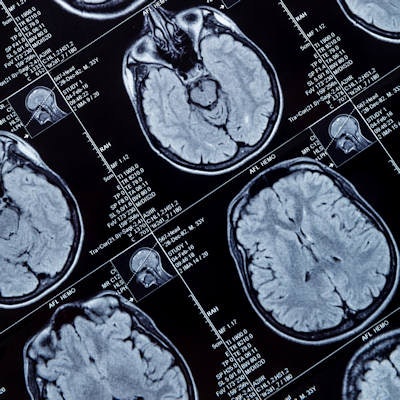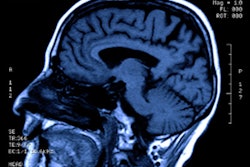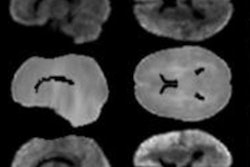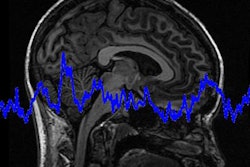
Brain MR images show that older adults who maintain an active lifestyle during their leisure time have more brain volume and age more slowly than their sedentary counterparts, according to a study scheduled to be presented at the American Academy of Neurology annual meeting, starting April 25 in Toronto.
The findings provide an incentive for adults in their 70s to garden, swim, walk, and dance. If they do, their brains could have 1.4% more total volume, which is the equivalent of four fewer years of aging than seniors who are rarely, if ever, active.
"These results are exciting, as they suggest that people may potentially prevent brain shrinking and the effects of aging on the brain simply by becoming more active," said study co-author Yian Gu, PhD, from Columbia University in New York, in a statement. "Our results add to the evidence that more physical activity is linked to larger brain volume in older people [and] ... that moving your body more often throughout one's life may protect against loss of brain volume."
Staying physically active and exercising are known to have a healthy effect on older adults by preventing loss of gray matter, preserving cognition, and potentially reducing the threat of dementia and Alzheimer's disease. It remains unclear whether this effect also holds true with more leisurely activities, such as gardening, walking, dancing, or bowling.
To explore the effect of these less strenuous pastimes, Gu and colleagues looked at 1,557 older adults (mean age, 74.9 ± 6.0 years) with an average of 11.4 (± 4.9) years of education and average body mass index of 28.4 (± 7.9) kg/m2. Of that cohort, 296 people had mild cognitive impairment, and 436 individuals had the apolipoprotein E ε4 genotype, which is associated with dementia.
All participants self-reported their physical activity during their leisure time, underwent physical exams, and participated in thinking and memory tests. The most active older adults had either seven hours of low-intensity physical activity, four hours of moderate physical activity, or two hours of high-intensity physical activity each week.
Gu and colleagues then turned to the brain MR images to determine total brain volume, total gray-matter volume, total white-matter volume, and white-matter hyperintensity volume, all of which were adjusted for intracranial volume, age, gender, education, and race/ethnicity.
The key finding is that subjects with the highest third of leisure time physical activity time had significantly greater total brain volume (883 cm3), compared with subjects in the lowest one-third of leisure time physical activity time (871 cm3). The difference of 12 cm3 (1.4%) in total brain volume is statistically significant (p = 0.001) and is equal to approximately four years of brain aging, according to the study authors.
The difference between the most active group and least active group also was statistically significant when measured by total gray-matter volume (p < 0.0001) and total white-matter volume (p = 0.005). Interestingly, the results were similar between the two groups even when the researchers excluded the 296 subjects with mild cognitive impairment.
"More physical activity is associated with larger brain volume in the elderly, supporting further examination of whether higher physical activity level through life course can help protect against brain volume loss," the authors concluded.



.fFmgij6Hin.png?auto=compress%2Cformat&fit=crop&h=100&q=70&w=100)




.fFmgij6Hin.png?auto=compress%2Cformat&fit=crop&h=167&q=70&w=250)











